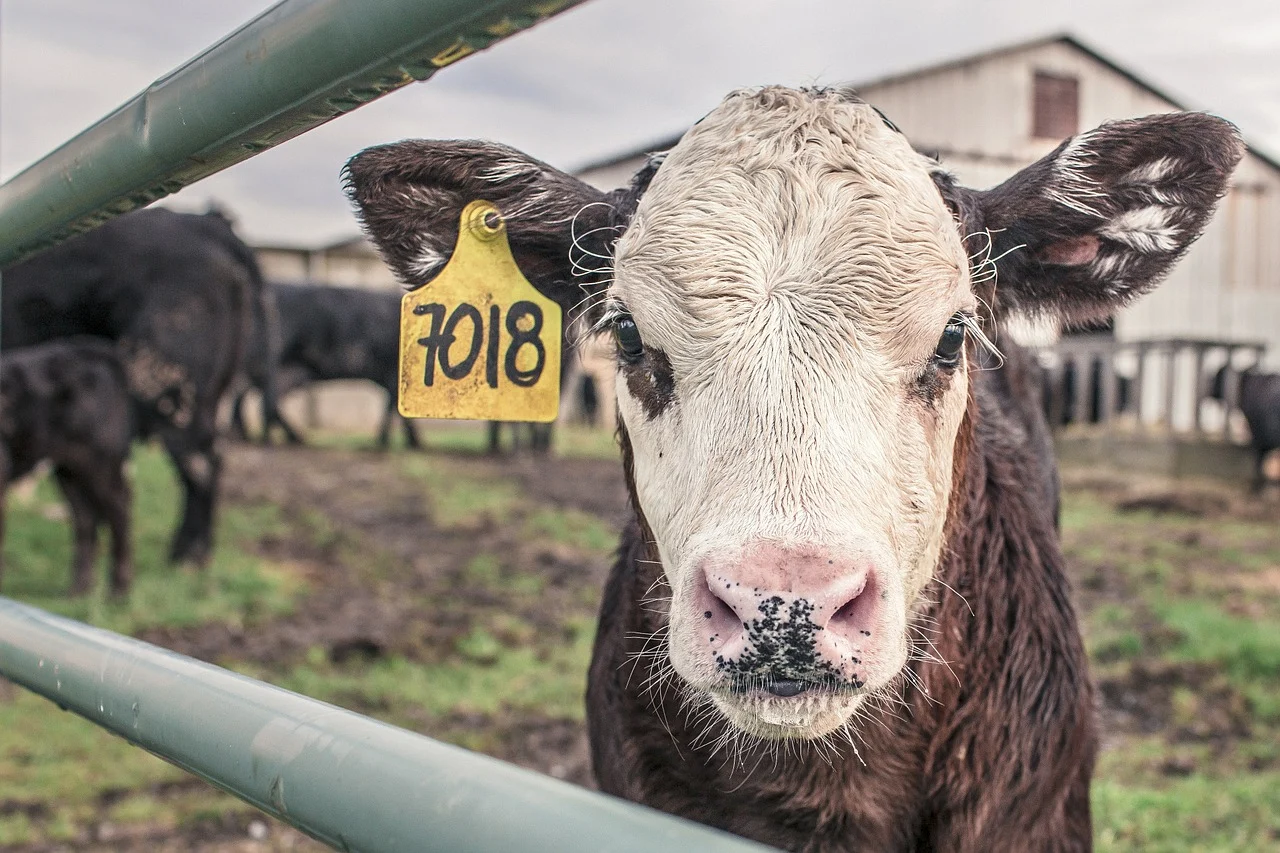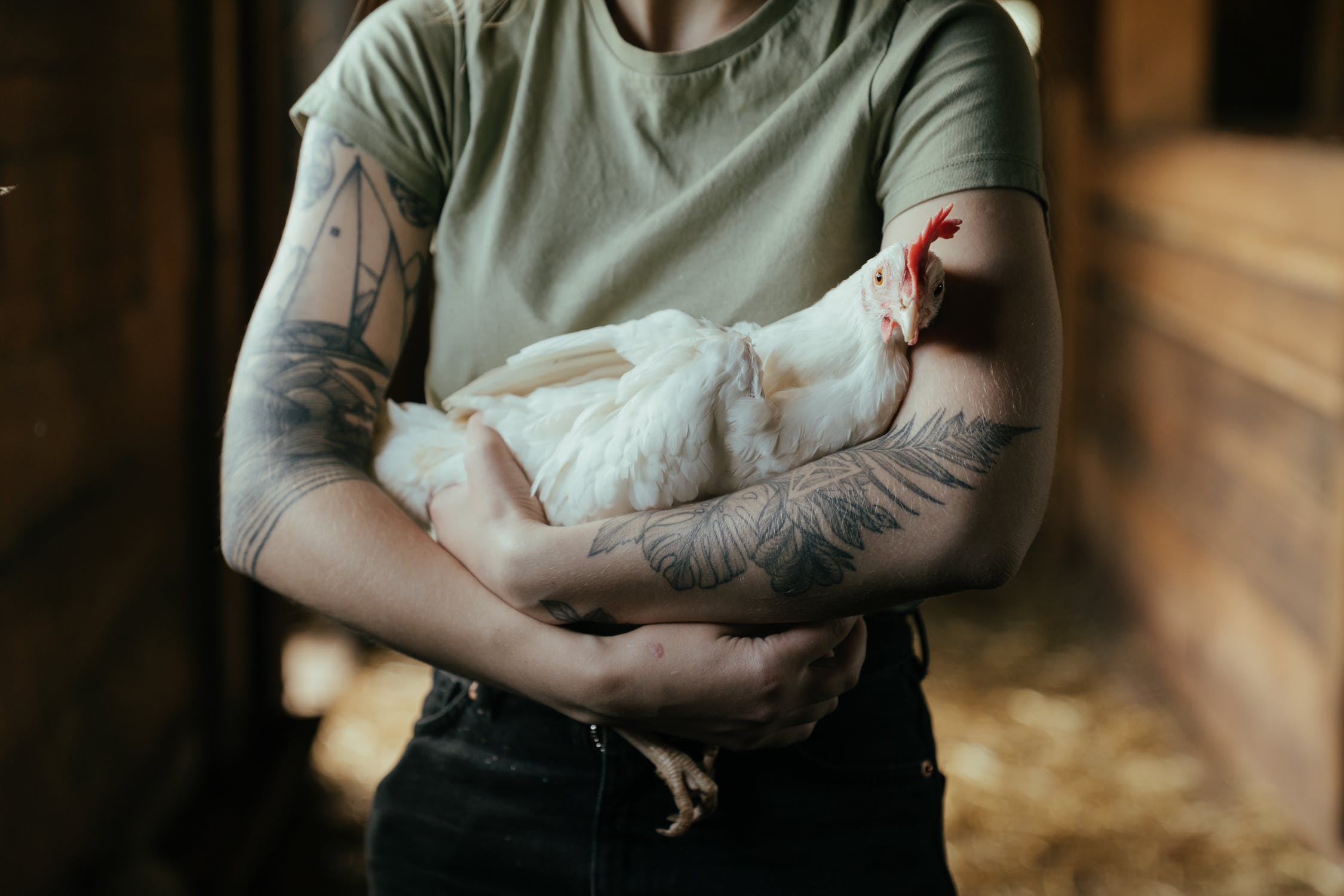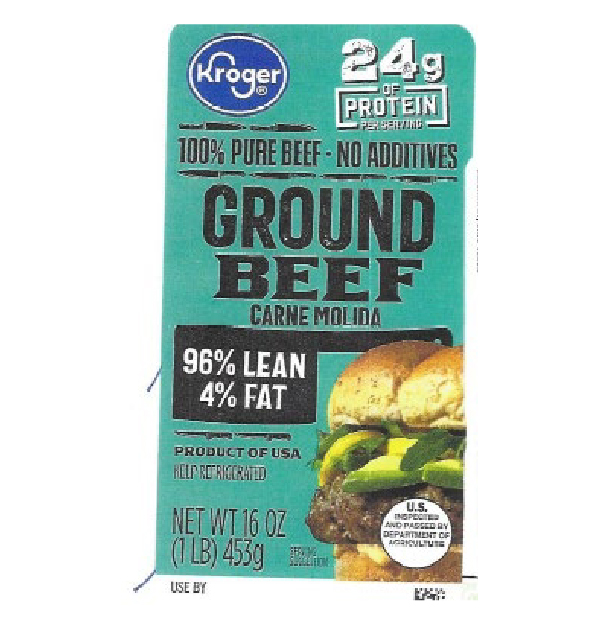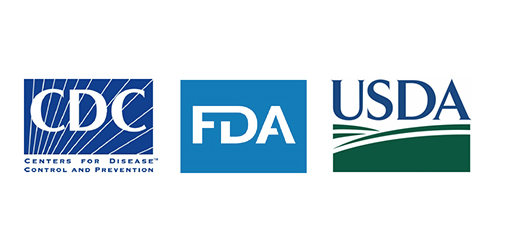Al “Dr. Al” Baroudi, MS, Ph.D., CFS, vice president of Food Safety and Quality Assurance for The Cheesecake Factory Incorporated, and Christina Serino, senior director for Quality Assurance and Food Safety at P.F. Chang’s, have been recognized by the National Restaurant Association as outstanding leaders in food safety.
Baroudi received the inaugural Lifetime Achievement Award for Outstanding Leader in Food Safety, and Serino was named the 2022 Outstanding Leader in Food Safety during the Association’s Food Safety and Quality Assurance (FSQA) Expert Exchange event in September.
The Outstanding Food Safety Awards, sponsored by Ecolab, were created to recognize individuals whose careers reflect consumer safety across the industry.
The first Lifetime Achievement Award for Outstanding Leader in Food Safety was presented to Baroudi in recognition of his contributions to the food safety industry. Over the course of his career, he has been a leader in operational food safety innovation, with a dedication to industry-wide mentorship and workforce development and has volunteered his thought leadership in organizations that define food safety across industry, academia and government.
“I am extremely honored and thankful for the recognition in receiving this prestigious award that represents a remarkable milestone in my lifelong career in food safety. Preventing any and every foodborne illness has been my goal throughout my career, and I am truly humbled by this recognition,” said Baroudi. “I have been very fortunate to work with government agencies, academia and several companies throughout my career. I would like to thank The Cheesecake Factory, for not only recognizing the value of food safety culture, but for giving me the opportunity to create and lead our robust program.”
Serino was selected as the 2022 Outstanding Leader in Food Safety in recognition of her dedication to food safety through personal and professional accomplishments including improving food safety processes, introducing innovations to manage food supply systems and foodservice operations, and mentoring other foodservice professionals.
Serino has more than a decade of experience in food safety and quality assurance, including positions in private industry and in regulatory roles. At P.F. Chang’s, she oversees food safety, quality, regulatory compliance and environmental, social and governance issues.
“This is recognition of the hard work and dedication by food safety professionals across the industry,” Serino said. “We know food safety is non-negotiable and understand the unique responsibility we carry. At P.F. Chang’s we think about it as a harvest to plate continuum—factoring in everything from supply chains to menu listings. It’s top of mind so all our guests, regardless of dietary needs or health profiles, can enjoy a meal knowing the food they’re eating is safe.”
A panel of six food safety professionals, five from the National Restaurant Association FSQA Expert Exchange Steering Committee and one from Ecolab, evaluated the award nominations to select the honorees.



















